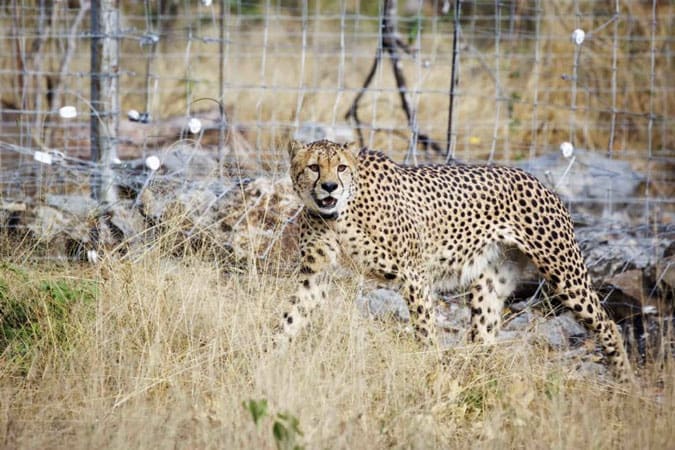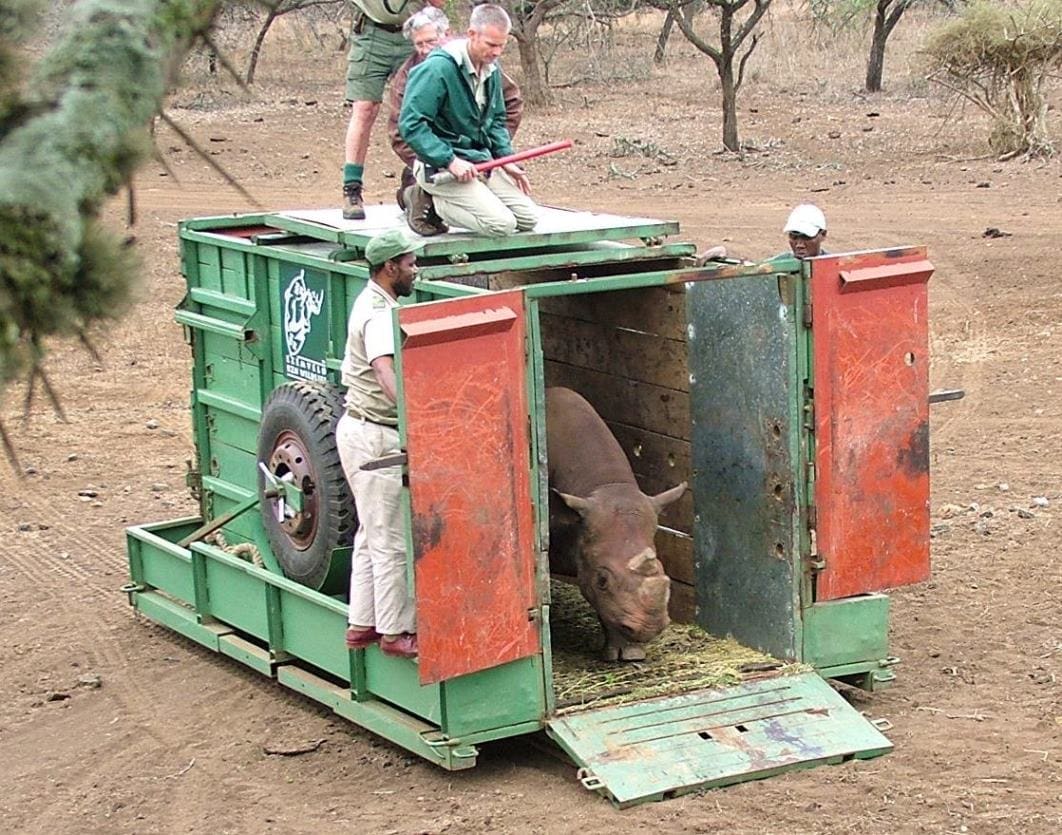[social_warfare]
Wildlife translocation is an important conservation tool that involves transporting and releasing wild animals into new areas.
As the human population has grown, the amount of land available to wildlife has shrunk drastically. Where once animals could roam freely over vast distances, they no longer can due to human settlements. This has created the need to artificially manage wildlife populations and movement.
WHY WE NEED TO TRANSLOCATE WILDLIFE
Preventing Extinction
The translocation of wildlife is vital in preventing endangered animals from going extinct. This management strategy assists in re-establishing species in an area of extinction, thereby increasing the range of the species. It is also an effective strategy to increase the numbers in a critical population, thus reducing the risk of extinction.
A brilliant example of this was when cheetahs were returned to Malawi. Due to human-wildlife conflict and habitat loss, cheetahs hadn’t been seen in Malawi for 20 years. However, with the help of African Parks, Robin Pope Safaris, and Ulendo Airlink, cheetahs were returned to the country in 2017. Since this reintroduction, the cheetah population has been steadily growing which is a major conservation success for a species that is considered as ‘vulnerable’ on the IUCN Red List.

Genetic Variety
Nowadays, almost all wildlife is housed within private reserves and state parks. This can restrict genetic diversity in a species as the animals are isolated from other populations and are not able to naturally manage their gene flow. The translocation of wildlife is one of the best methods to prevent wildlife from inbreeding and encourage long term genetic variety and breeding success.
It is for this reason that Manyoni Private Game Reserve in South Africa recently introduced new African Wild Dogs, also known as Painted Wolves, to their reserve. The existing population of wild dogs within Manyoni was small – just two mature adults and their three fully grown pups. While wild dogs will typically avoid inbreeding, as female pack members usually leave and find a mate in another pack, there were no other wild dogs in the reserve for this to happen. Thus, an arrangement was made with a nearby reserve, Hluhluwe-iMfolozi Park (HIP), to do a bit of a ‘switch around’. The male cheetahs from HIP were translocated to Manyoni, and vice versa, the females from Manyoni were taken to HIP. So far, the results have been very positive, with the new pack members bonding well with each other and adapting to their new environments. As wild dogs are listed as ‘endangered’ on the IUCN Red List, ensuring long-term breeding success is one of the keys factors in conserving this species.

Overpopulation
When wildlife is confined to restricted areas, the risk of overpopulation increases. In the past, wild animal populations would naturally regulate themselves by moving into different areas when their environment could no longer sustain their numbers. However, as wildlife is no longer able to do this, human intervention is needed. Unfortunately, culling is all too often the easiest and cheapest solution to this problem. Ideally, however, the population should be reduced by relocating the excess animals to an area where the existing population is small, or non-existent, and there is capacity for more of that species to live there.
The ‘500 Elephant Project’ is an excellent example of how successful animal translocation can be in controlling wildlife populations on a large scale. This project which also took place in Malawi, involved moving 500 elephants from Liwonde National Park, where the elephants were overpopulated, to Nkhotakota Wildlife Reserve, which had seen a severe decline in their elephant population over recent years. This human-assisted migration was the elephants’ best chance at a sustainable future and is considered to be one of the most significant translocation initiatives in wildlife conservation history.

RISKS VS. REWARDS
Capturing and transporting wild animals is not without risks and there is always an element of unpredictability in these types of situations. There have been cases where the animals have been injured during capture or died during transportation. However, this is not the norm as every measure is taken by the people involved to minimize these risk factors. There is also the danger of diseases being spread from one area to another, or that the animals will not adapt and thrive in their new environment. This is why in most cases of wildlife translocation the animals are first placed into a holding boma for a period of time while they are monitored for any signs of stress or illness. Only once they seem settled, they are released into the wild, and even then, they are usually closely monitored for a while using radio tracking collars.

In an ideal world, there would be no need for wildlife translocations. However, we’re not living in that utopia and, while wildlife translocation as a management strategy does have drawbacks, it’s our best hope of conserving endangered species.
Main Photo © Robin Pope Safaris
